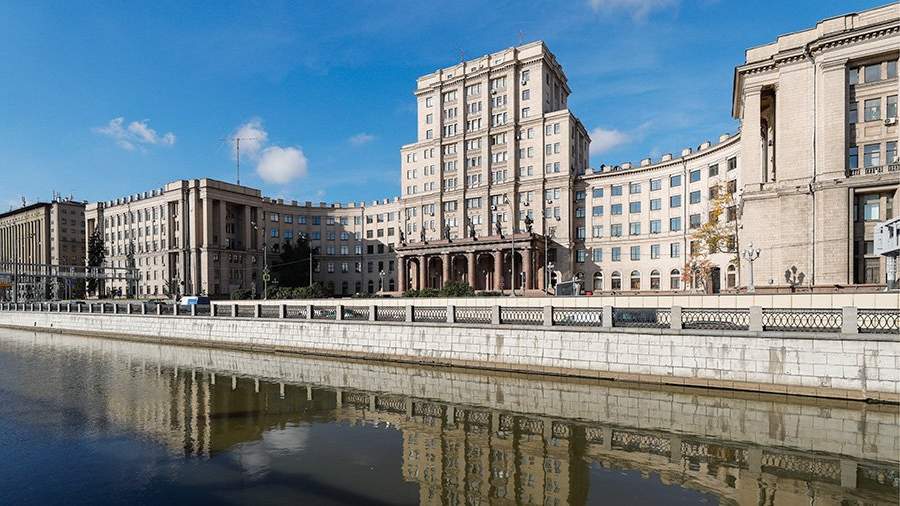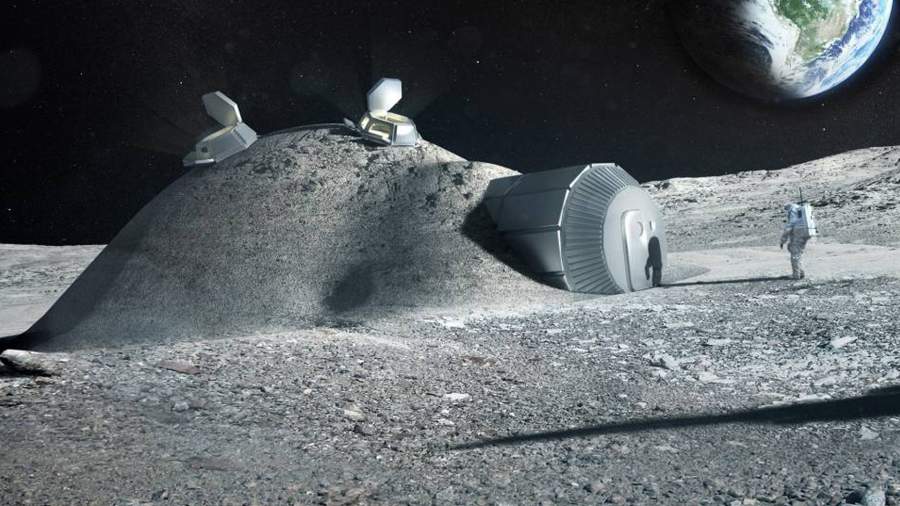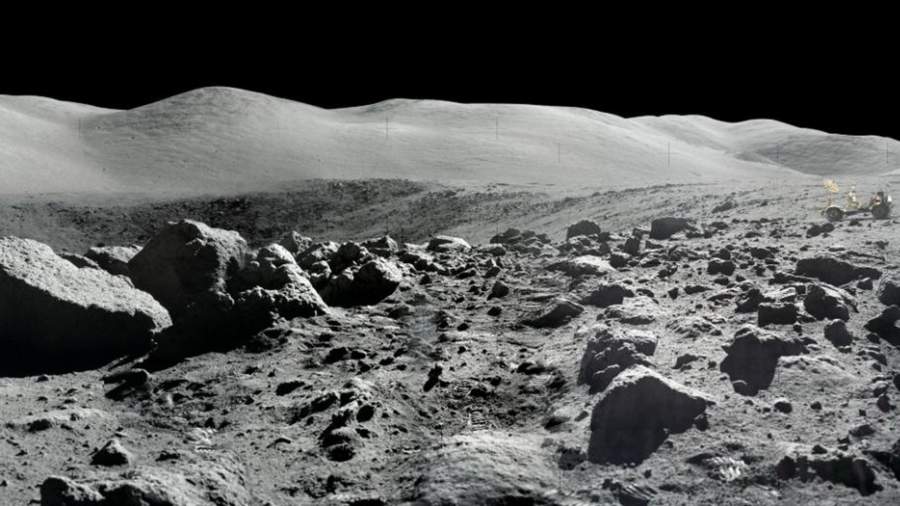At the Moscow State Technical University N.E. Bauman developed a project for a lunar orbital station, which can accommodate up to four people… If necessary, the lander will deliver people or cargo to the surface of the satellite. The development provides for several solutions to reduce the weight of the station, including inflatable cargo modules. It is also interesting that scientists have foreseen the possibility of converting ice from the lunar surface into cryogenic components of rocket fuel. Experts believe that the station can be used for both lunar exploration and Mars missions.
Table Of Contents
Around the satellite
At the Moscow State Technical University N.E. Bauman developed a project for a station in a circumlunar orbit. She is received the name “Asgard”… According to the project, four people will be able to live and conduct scientific experiments at the station. The development is led by Professor of the Department of Aerospace Systems Georgy Shcheglov and senior lecturer Alexey Mineev.
Asgard consists of four modules – laboratory, residential, communication and control and fuel and energy (TEM).
The developers suggested nSeveral solutions to reduce the mass of the station, which should facilitate its delivery to the Moon…
– Attached to the station two additional inflatable cargo modules, – said Alexey Mineev. – They are designed to store things that do not require maintaining the atmospheric conditions. Suppose some cargo arrives at the station, and they can be stored in these modules. This reduces the overall weight of the structure and frees up space in the main modules.
The laboratory and fuel and energy modules provide a universal mount for external automatic manipulators, – they can be removed and set again depending on the tasks. This will allow avoiding the installation of several mounts, because, as you know, in space there is a struggle for every gram of mass delivered to orbit.
It is assumed that astronauts will be able to land on the moon from the orbital station. Havechen have envisaged a modular system for the lander in passenger and cargo configuration, which are delivered to the surface of the satellite using a modular rocket stage. The device is divided into three parts – the rocket stage, passenger and cargo modules. In the initial state, the components are disconnected. This solution will allow “saving” the rocket stage: one device will be used for both freight and passenger transportation.
The passenger and cargo modules are docked to the station’s residential module, and the rocket stage – to the TEM, and serves as the main engine of the orbital station. If it is necessary to descend to the lunar surface, the rocket stage will detach from the TEM and, using a manipulator, dock to the required module. Then the rocket stage with a cargo or passenger compartment will descend to the surface of the Moon.
Energy is planned to be obtained from solar panels, the blocks of which will be installed on each module. Also, the technical capabilities of “Asgard” should ensure the processing of ice taken from the surface of the Moon into cryogenic components of rocket fuel.
Now the developers have completed computer modeling of the station design and are engaged in the selection of materials, as well as detailed calculations of the strength characteristics of the structure.
Man versus robot
It is important to study the moon both for fulfilling the tasks of both fundamental science and technological development, experts noted, commenting on the development.
“Despite the fact that there have already been robots and people on the Moon, there is much more unknown than what has already been explored,” noted Nathan Esmont, Leading Researcher of the Department of Space Dynamics and Mathematical Information Processing at the Space Research Institute of the Russian Academy of Sciences. – For example, the circumpolar regions of the Moon remained completely unexplored. These areas are interesting in that rocks can be found there that have been less exposed to sunlight. Thanks to this, they retained more information about the evolution of our satellite.
The expert expressed doubts about sending people to the moon. However, expeditions to the satellite will help to develop technologies for a more ambitious project – a flight to MarsNathan Eismont believes. In his opinion, this is the most important component of lunar projects.
Head of the Department of Research of the Moon and Planets of the State Astronomical Institute. PC. Sternberg Moscow State University Vladislav Shevchenko believes that although the main burden will fall on robots, the presence of a person on the moon to obtain new information about the Earth’s satellite is fundamental.
“The creativity, education and experience of people cannot be replaced by automata,” the expert said. – Therefore, there is a sense of sending a person to the lunar station.
Recently, the vector of lunar research has been shifting from purely scientific research to finding practical benefits., which can be learned from the development of the Earth’s satellite. The stock of rare earth metals (the main material for production in the field of high technologies) on Earth is depleting, and it will completely dry up within half a century, Vladislav Shevchenko believes. On the moon, these elements are, and their stock is renewed due to the “bringing” of meteorites and asteroids to the surface of the satellite, the expert said. In addition, the resources are located on the surface and their extraction will not be difficult.



